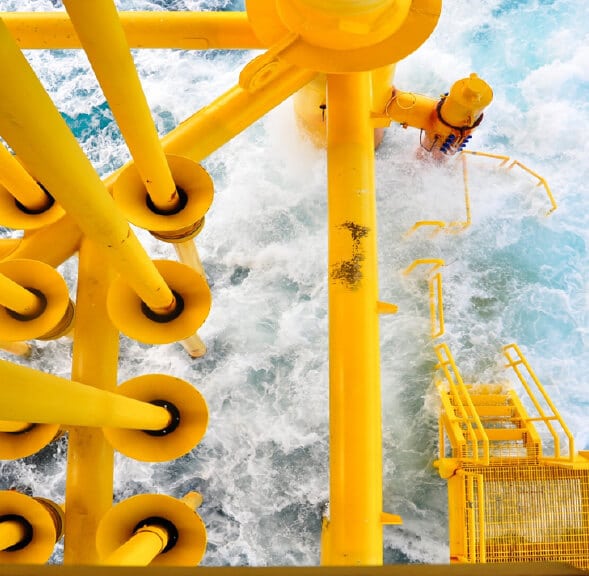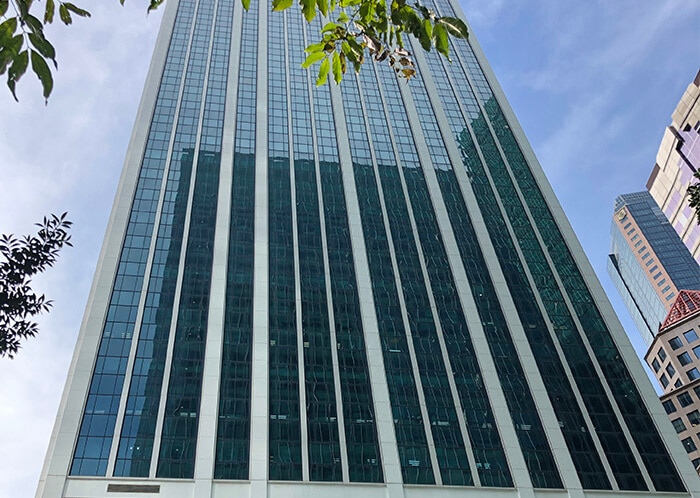All our asbestos abatement projects are carefully controlled by in house asbestos procedures and guidelines with stringent safety regulations laid down by governments in each of the countries in which we operate. With our dedicated, trained workforce and fully equipped mobile equipments we ensure environmental safety and cost effective solutions to your asbestos issues.
All asbestos removal projects are approached, regardless of the scale, in carefully controlled stages. All asbestos waste bags are disposed in accordance to Health and Safety regulations.
We undertake all kinds of asbestos removal works from simple gasket removal, through to major de-commissioning programs, IHM Marine Surveys has a proven, cost effective team to assist you.
Since 1st July 2002 the installation of asbestos containing materials (ACMs) on-board ships has been prohibited except for very limited uses pursuant to the requirements of SOLAS regulation II -1/3 -5.
As of 1st January 2011 the installation of ACMs on-board is absolutely prohibited without exception. Due to its unique properties, Asbestos has been used throughout the shipping industry for many years. Many new vessels entering the market from developing countries are also now being found to contain ACM (Asbestos Containing Materials).
The removal of higher risk asbestos-containing materials (sprayed asbestos coatings, asbestos insulation, asbestos lagging and most work involving asbestos insulating board should only be carried out by a Approved Licensed Asbestos Removal Contractor(LARC).
Licensed asbestos removal work is a significantly hazardous job because it involves higher risk asbestos-containing materials (ACMs). These materials are more likely to release larger quantities of asbestos fibers when being removed than lower risk materials (such as asbestos cement). As a result, workers who are employed in removing higher risk ACMs require specific training and should follow specific working practices. Workers should also use sophisticated respiratory protective equipment (RPE) and are legally required to be under regular medical surveillance.
Asbestos is a fibrous mineral that was widely used in the 20th Century for many industrial and domestic applications. Inhalation of asbestos fibers has been shown to lead to a number of serious health risks, including asbestosis and the cancer mesothelioma. As these can take a number of decades to develop, it is likely that the effects on the global community of exposure to asbestos will continue to increase well into the 21st Century.
The health consequences of asbestos exposure in the shipyard are great. One medical study followed a group of workers with 20 or more years of employment in ship repair work, and found that 86% developed asbestos–related lung cancer (Irving Selikoff, MD; William Nicholson, Ph.D.; and Ruth Lilis, MD; 1980; Environmental Services Laboratory, Dept. of Community Medicine, Mt. Sinai School of Medicine). The risk continues as attempts are made to renovate asbestos–containing ships and control damaged asbestos in shipyard buildings and structures. Well over 300 asbestos-containing materials were commonly used on ships until the 1970; many of these materials still remain in place on ships in the 21st Century.







